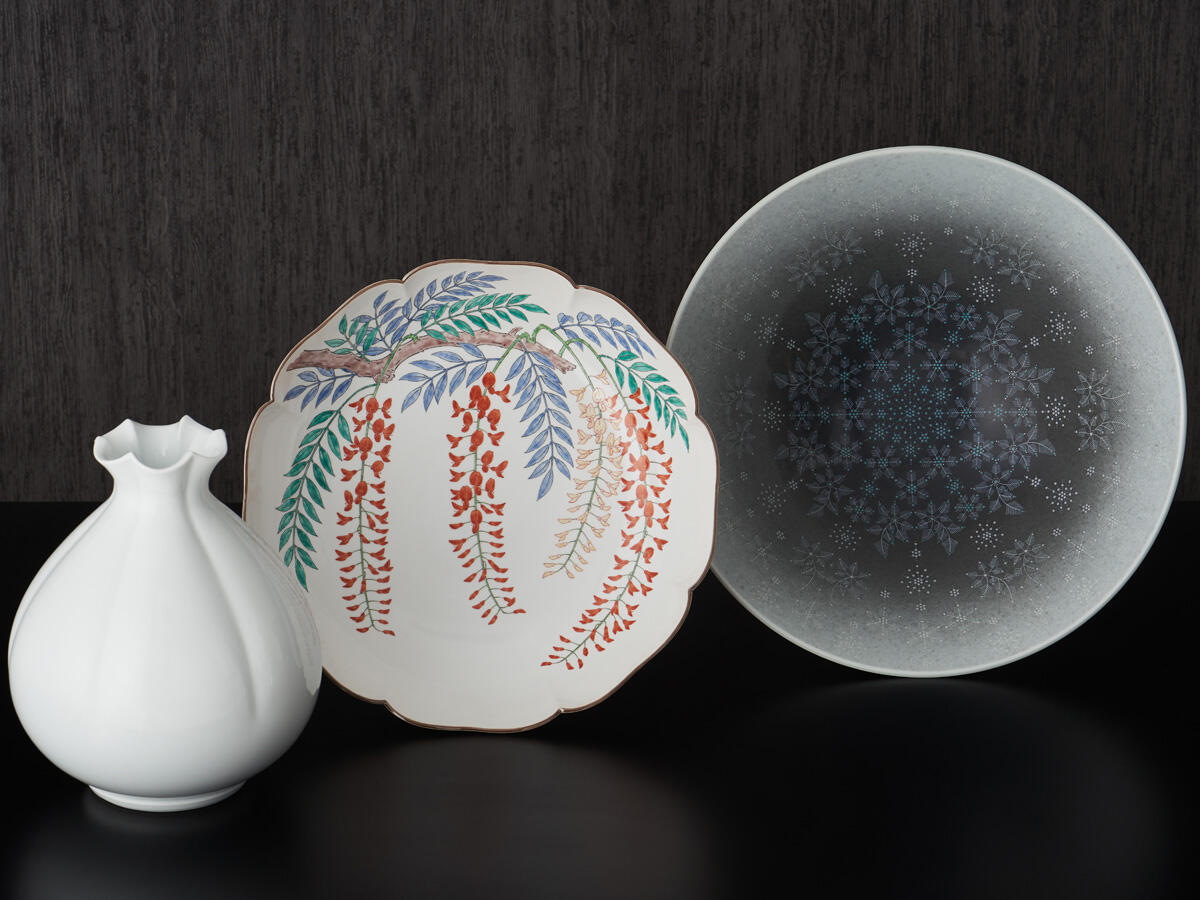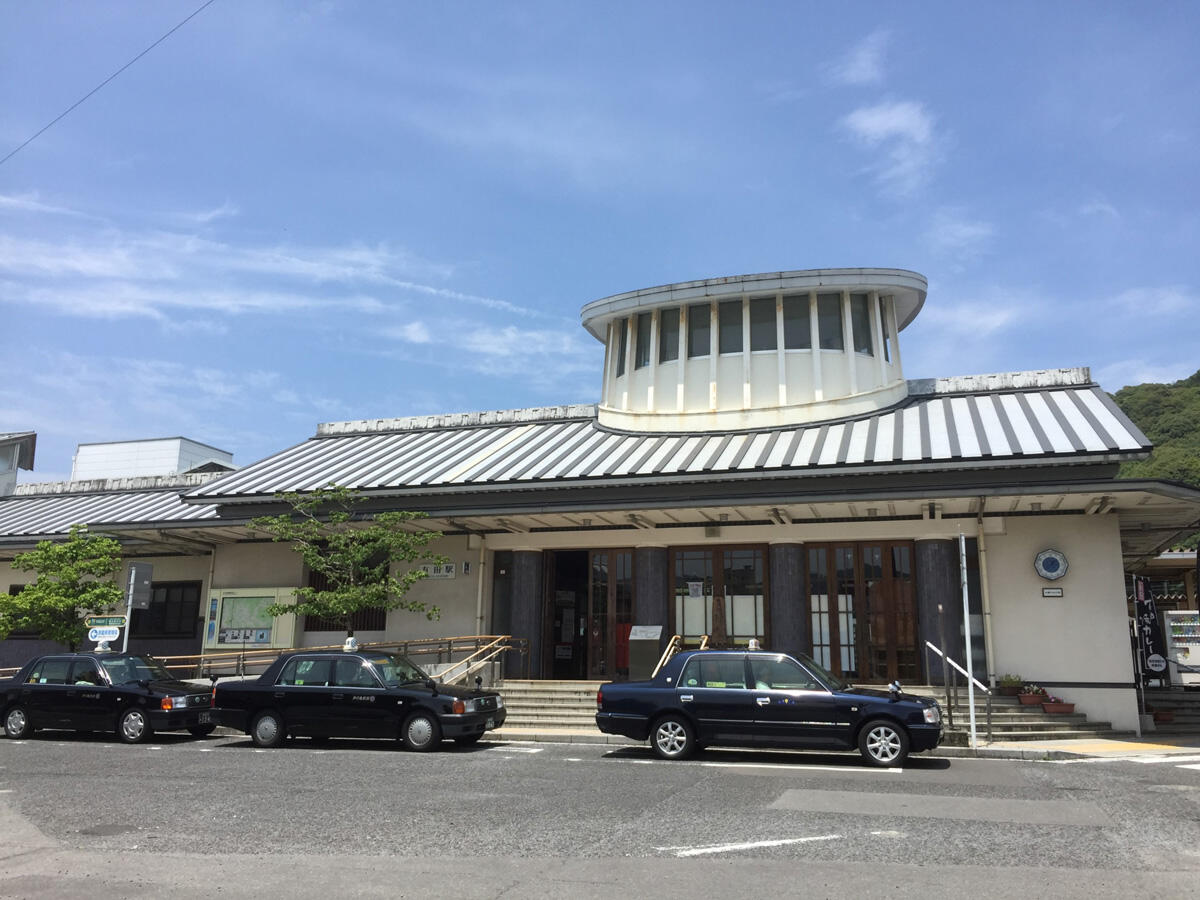Welcome to Arita


Welcome to Arita
With over 400 years of history, porcelain production is still an important traditional craft in Arita. Over 100 kilns in the town still produce Arita ware (arita-yaki), maintaining the town's legacy as the birthplace of porcelain in Japan. Today, at kilns across Arita, craftsmen carefully preserve heritage designs while adapting traditional products for contemporary markets.
A short walk from JR Arita Station, Kiln Arita is a one-stop information center. The staff can introduce you to places to learn more about Arita ware such as the Kyushu Ceramic Museum, the Arita History and Folklore Museum, as well as the museums at the Fukagawa Seiji, Genemon, Imaemon, Kakiemon, and Koransha kilns. Kiln Arita staff can also help reserve tours and experiences at many of the kilns in Arita. Arita ware can be purchased at the kilns or at Arita Será, a collection of 22 shops built in a repurposed wholesale market.
East of the JR station is the historical neighborhood of Uchiyama. Settled in the late 1630s, Uchiyama was registered as an "Important Preservation District for Groups of Historic Buildings" in 1991. Many of Arita's most famous kilns and porcelain merchants are based in the neighborhood and sit side by side with cafés, galleries, and new shops built in renovated historical buildings. Look for the tonbai walls made with bricks from old kilns in the smaller streets parallel to the main road through Uchiyama.
Arita is nestled into a river valley surrounded by forest. Long ago, people built terraced rice paddies to make up for the lack of flat land. One of the most picturesque examples of the terraced paddies is Take no Tanada in the northwest of the city. Check the Take no Tanada Walking Map for the best route and photo spots to make the most of your stop. In the mountains north of the old town is Ryumon Gorge, a deep river valley known for its water's clarity. South of Ryumon Gorge is Arita Dam, which is a popular place to escape the summer heat and enjoy the reflection of the autumn leaves and spring flowers on the water.
아리타에 오신 것을 환영합니다
400년이 넘는 역사를 가진 아리타 도자기는 지금도 중요한 전통공예입니다. 마을 내의 100곳이 넘는 도자기 공방에서는 현재도 아리타 도자기가 생산되고 있으며, 일본의 자기 발상지로서의 전통을 계속 지켜나가고 있습니다. 현재, 아리타 지역의 각 도자기 공방에서 일하는 장인들은 계승해 온 디자인을 소중히 지키면서도 현대 시장에 맞춰 제품을 끊임없이 변화시키고 있습니다.
JR 아리타역에서 도보로 가까운 곳에 있는 KILN ARITA(킬른 아리타)는 여러 요구에 부응하는 종합 정보 센터입니다. 규슈 도자 문화관, 아리타초 역사민속자료관을 비롯해 아리타 도자기에 대해 자세히 배울 수 있는 곳들을 직원들이 소개해 드립니다. 또한, 후카가와 세이지와 겐에몬 가마, 이마에몬 가마, 가키에몬 가마, 고란샤 등 대형 도자기 공방에는 미술관이 함께 있는 곳도 있습니다. 많은 도자기 공방에서 진행되는 투어와 체험 교실의 예약도 KILN ARITA(킬른 아리타)의 직원들이 도와드립니다. 아리타 도자기는 도자기 공방과 도매 단지를 리모델링해 만들어졌으며 22곳의 점포가 들어선 '아리타 세라'에서 구매하실 수 있습니다.
JR 아리타역 동쪽에는 우치야마 역사 지구가 있습니다. 1630년대 후반에 만들어진 이 우치야마는 1991년에 국가 중요 전통적 건조물군 보존지구로 지정되었습니다. 아리타 지역의 대형 도자기 공방과 도매업자 대부분이 이 지구에 거점을 두고 있으며, 역사적 건조물을 새롭게 단장한 카페, 갤러리, 새로운 가게들이 늘어서 있습니다. 우치야마의 대로와 평행하게 이어지는 좁은 길에서는 오래된 가마에서 나온 폐벽돌로 만든 돈바이 담을 볼 수 있습니다.
아리타 마을은 계곡 가까이에 펼쳐져 있으며, 주위가 숲으로 둘러싸여 있습니다. 그 옛날 평지가 부족한 것을 보완하기 위해 사람들은 계단식 논을 만들었습니다. 계단식 논의 가장 아름다운 일례 중 하나가 마을 북서부에 있는 풍경이 아름다운 다케노타나다입니다. 다케노타나다 워킹 맵에는 방문 시 절대 놓쳐서는 안 될 추천 산책 코스와 촬영 명소가 게재되어 있습니다. 마을 북쪽에 있는 산간 지역에는 맑은 물로 알려진 깊은 협곡인 류몬 계곡이 있습니다. 류몬 계곡 남쪽에는 여름의 더위를 피할 수 있는 곳으로 인기 있는 아리타 댐이 있으며, 단풍과 봄꽃들이 수면에 비치는 풍경을 즐길 수 있습니다.










